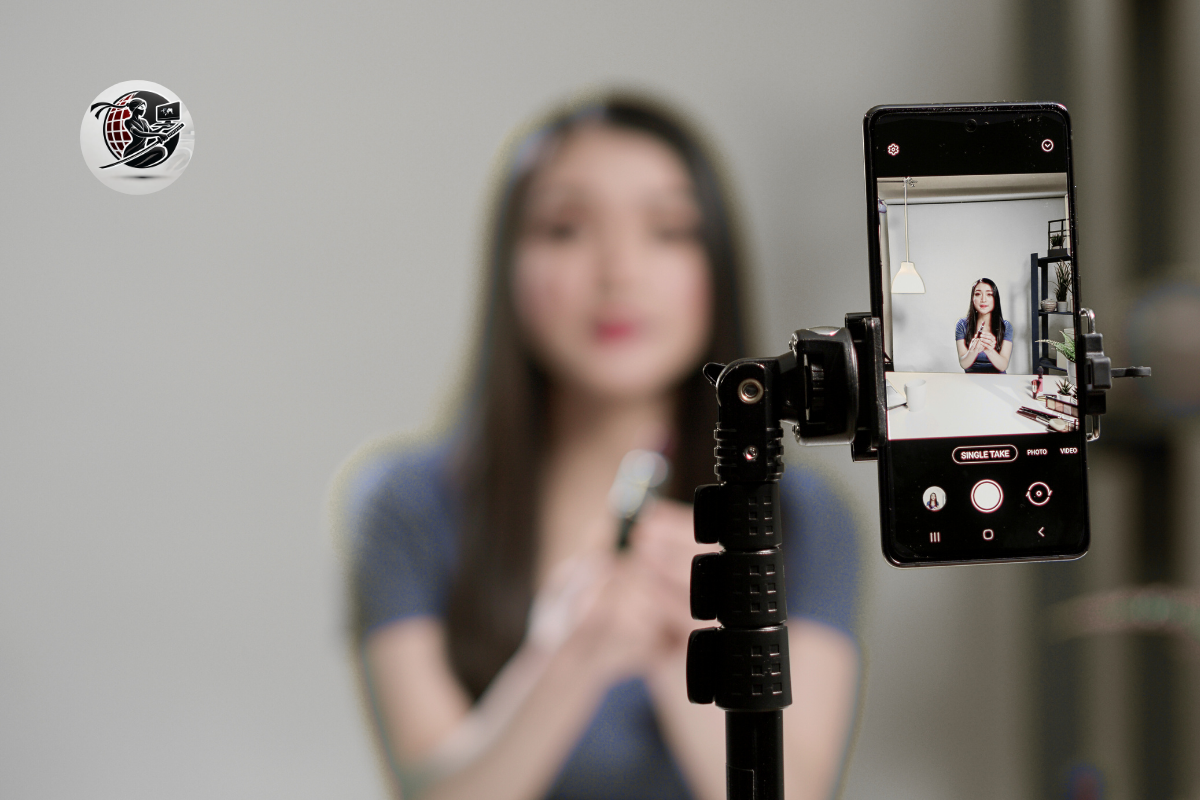Words matter, but visuals seal the deal. In a sea of scrolling, it’s your images, videos, and graphics that make people stop and pay attention.
If your content isn’t getting the traction it deserves, weak visual presentation might be the missing piece. The good news is, you don’t have to be a professional designer or hire a full-time creative team to improve your visual content. With a few smart modifications and tools, you can make your posts pop, connect more deeply with your audience, and build a stronger, more memorable presence.
10 practical and easy-to-implement visual content tips
1. Use Consistent Branding Elements
Think of your social media as your visual storefront. Your brand colors, fonts, and logo should show up regularly across your posts. This builds familiarity, and trust. Whether someone is seeing your quote graphic, your product photo, or your Instagram Reel, they should instantly know it’s yours. Use tools like Canva or Adobe Express to create branded templates that you can reuse for different types of posts.
2. Prioritize High-Quality Images and Videos
Whether you’re using stock photos, phone snaps, or short-form video, quality matters. Clear, well-lit, and focused visuals make your brand feel more credible and professional.
Natural lighting is your best friend. For product shots or selfies, position yourself near a window during the day for the most flattering results.
3. Embrace White Space
Less is more. A cluttered graphic is hard to read and even harder to engage with.
Give your content room to breathe. Let your visuals and text stand out with plenty of clean space around them. This makes your posts easier to digest and visually appealing.When in doubt, reduce text and increase spacing. Simple always wins.
4. Use Text Overlays Wisely
Use overlays to highlight key points, call out quotes, or introduce your content. But keep it short, sharp, and readable. Think mobile-first: most people will see your post on a phone screen.
If you can’t read the text from a few feet away, it’s too small or cluttered.
5. Incorporate Authentic Photos
Stock photos have their place, but nothing beats authentic, behind-the-scenes visuals.
Share images of your process, workspace, team, or even your daily routine. People connect with people, showing the human side of your brand builds trust and relatability.
Snap and share a “real-life” moment once a week. It doesn’t have to be perfect, just real.

6. Leverage Infographics & Carousel Posts
If you want to share educational or step-by-step content, Infographics and carousels are gold.
They help break down information in a visual, engaging format that’s easy to swipe through and remember. Plus, they tend to get shared more. Try turning your latest blog post into a 5-slide carousel. Highlight one tip per slide and use visuals to support the message.
7. Animate When It Makes Sense
Simple animations (like moving text or transitions) grab attention without overwhelming the viewer. Use them sparingly, on stories, reels, or video intros, to add energy to your brand.
Try using Canva’s animation features or apps like CapCut to spice up short videos or stories.
8. Create a Visual Theme or Grid Layout
Especially on platforms like Instagram, your profile’s overall look matters.
Creating a cohesive feed with a repeating layout or theme makes your brand feel polished and intentional. This could mean alternating between quotes and photos, using the same filter, or sticking to a 3-color palette. Pick 2–3 styles (e.g., bold, minimal, playful) and rotate them throughout your feed to stay visually consistent.
9. Add Captions to All Videos
Silent scrolling is real. Many users watch videos without sound, so if you’re talking or sharing something important, add captions. It makes your content more accessible and viewer-friendly.
Use apps like AutoCap, Instagram’s built-in captions tool, or upload subtitles to YouTube.
10. A/B Test Visuals to See What Works
You don’t have to guess what your audience likes, you can test it.
Try different visual styles, formats, or colors on similar posts and see which one gets more engagement. Over time, you’ll get a clearer picture of what resonates most.
Track your metrics weekly. Look for patterns in likes, shares, saves, and comments.
Use your visuals to tell a story, reinforce your message, and make your audience feel something. That’s where real connection happens, and where your social presence transforms from “just another page” into a brand people remember.







